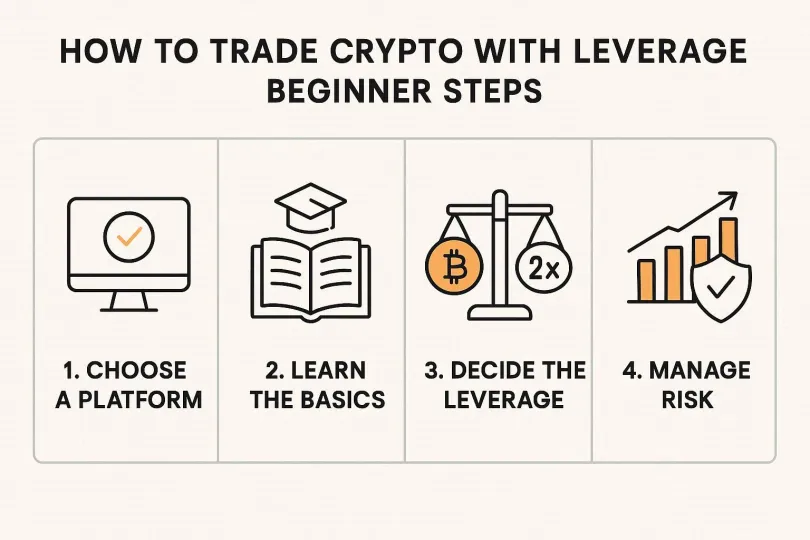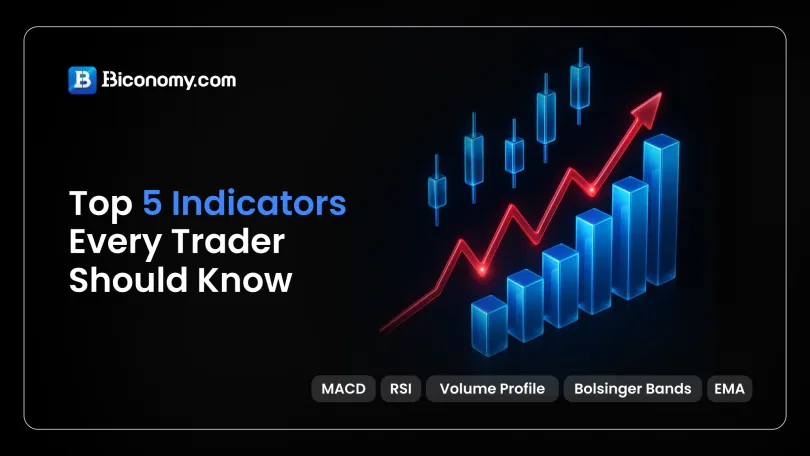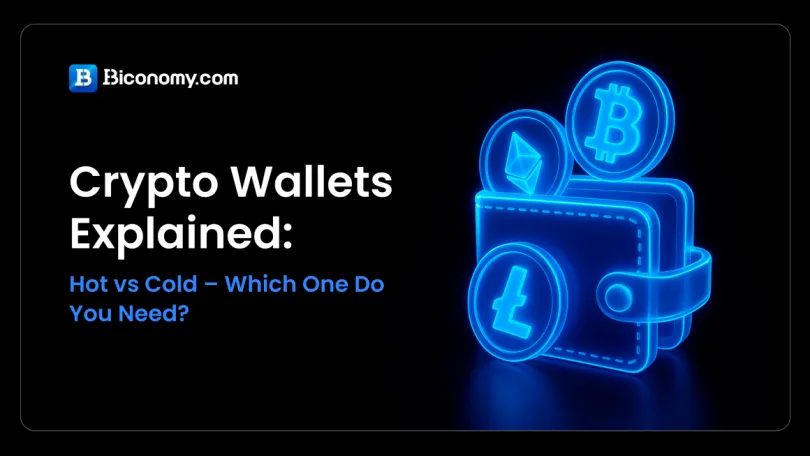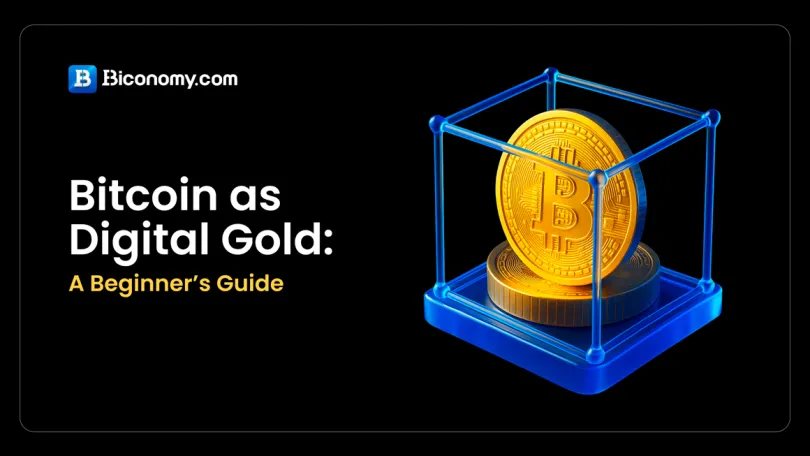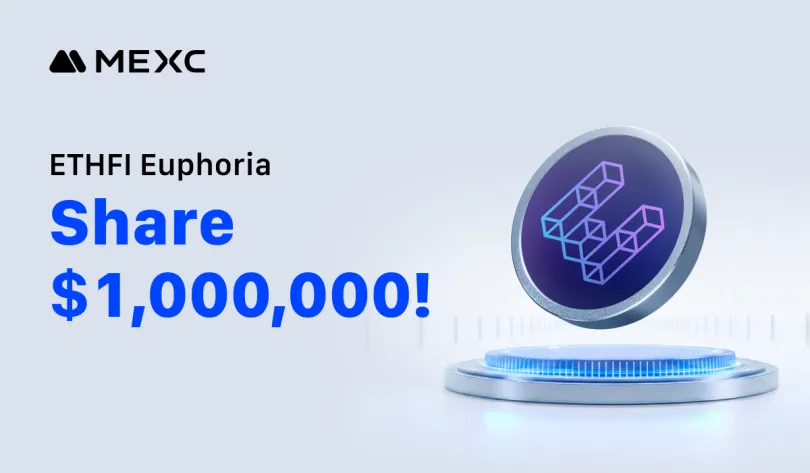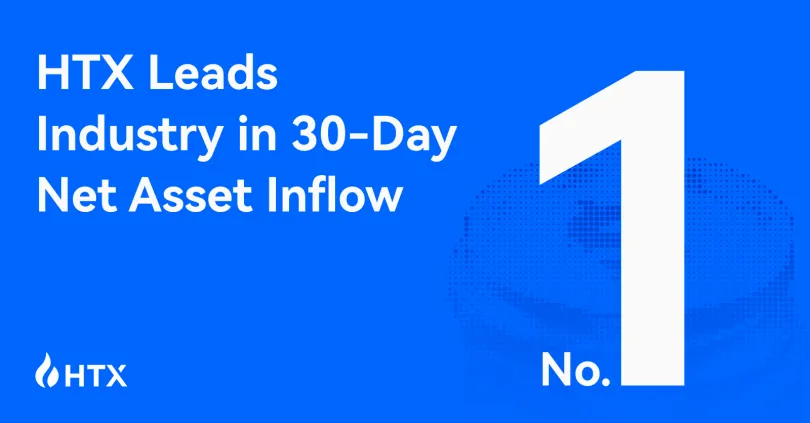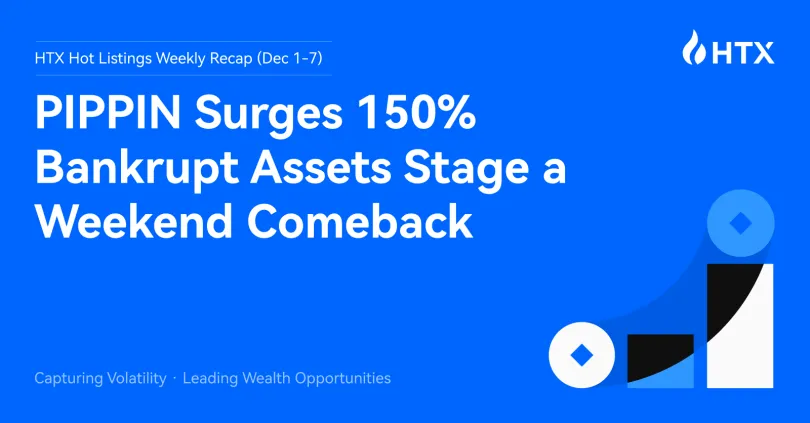
Stablecoins have become increasingly popular in the crypto markets, providing a range of use cases for professional traders, businesses, and individuals. Read on to learn what stablecoins are, how they work, and how you can earn interest on them.
What Are Stablecoins?
A stablecoin is a digital currency backed by traditional stable assets like fiat currency or precious metals to retain price stability.
#Stablecoins are developed to bridge the gap between traditional finance and #crypto assets by merging the price stability of fiat currency and the transparency and security of blockchain technology.
Dollar-backed stablecoins aim to maintain a price peg of 1:1 with a fiat currency held in a regulated bank account. For instance, Tether USD (USDT) is pegged 1:1 by US dollars and near-cash dollar assets held by Tether Limited. Other popular stablecoins pegged to the US dollar include USD Coin (USDC) and Binance USD (BUSD).
The price stability offered by stablecoins stands in contrast to the #volatility experienced by crypto assets, making the former ideal for payments, crypto lending, and as a store of value.
Stablecoins can also be backed by a basket of cryptocurrencies or algorithmic functions. An example of a stablecoin backed by crypto assets is Dai (DAI), which is collateralized by Ethereum-based assets. An example of an algorithmic stablecoin would be USDD.
How Do Stablecoins Work?
Stablecoins typically operate by holding a traditionally stable asset in a company bank account to give them price stability.
Most stablecoins guarantee almost equal value to the US dollar. For instance, if the stablecoin is pegged to the US dollar, then for every stablecoin issued, there is a corresponding US dollar in reserve.
In theory, you can redeem each stablecoin for a US dollar. However, not all stablecoins maintain their peg to fiat currency. As mentioned earlier, some stablecoins rely on other mechanisms to retain their peg.
One example is Maker’s Dai token. Dai is collateralized by using ETH (and other Ethereum-based assets) to buy the dollar-equivalent amount of DAI on an exchange, or locking away their #ETH (or ERC20 tokens) into #Maker Protocol smart contracts and being issued with DAI in exchange. The protocol adjusts the collateral ratio in the smart contracts as per market demand and tracks the value of the US dollar at almost 1:1.
Remember, crypto assets experience price fluctuations, which means a stablecoin pegged to cryptocurrencies can also exhibit price volatility. As a result, the most popular stablecoins are those pegged to fiat currencies.
Types of Stablecoins
Stablecoins can be classified into several categories, each differing in its approach to how they provide a stable value.
Fiat Backed Stablecoins
Fiat-backed stablecoins are crypto assets backed by fiat currency reserves, like dollars, pounds, and euros. A dollar-backed stablecoin, for example, is pegged to 1:1 to the US dollar and can be redeemed for dollars at any time. Popular fiat-backed stablecoins like Tether (USDT), Binance USD (BUSD), and USD Coin (USDC).
Asset-Backed Stablecoins
Asset-backed stablecoins are backed by precious metals like gold or silver, relying on these commodities to maintain their stable value. Gold is the most common commodity used to collateralize asset-pegged stablecoins as it is widely considered a hedge against inflation and stock market volatility. Popular asset-backed stablecoins are Paxos Gold (#PAXG) and Tether Gold (#XAUT).
Crypto-Backed Stablecoins
Crypto-backed stablecoins are backed by other crypto assets and typically aim to maintain the value of a fiat currency. These stablecoins are over-collateralized to compensate for volatility and maintain their prices relative to fiat currency almost at par. Dai is an example of a crypto-backed stablecoin.
Algorithmic Stablecoin
Algorithmic stablecoins are backed by cryptocurrencies, but not in the sense of crypto reserves as is the case with crypto-backed stablecoins. Instead, they rely on algorithms to control the coin’s supply and maintain their peg. The algorithms ensure that whenever the stablecoin price is below its peg the supply is cut and when the price rises, more stablecoins are released. One example of an algorithmic stablecoin is #USDD.
List of Stablecoins: Top 5 Best Price-Stable Cryptocurrencies
Below is a list of the top five stablecoins by market capitalization.
Tether USD
#Tether (USDT) is the largest stablecoin by market capitalization and is pegged 1:1 to the US dollar. Launched in 2014, Tether is backed by cash reserves and cash equivalents. The stablecoin works on multiple blockchains including Ethereum, #Tron, and more. The current total market cap for USDT is $72 billion.
USD Coin
#USD Coin (USDC) is the second most popular stablecoin and is pegged 1:1 to the US dollar. The stablecoin is backed by equivalent dollar reserves held in issuing company. Founded in 2018, USDC is issued and managed by a consortium led by #Circle and #Coinbase. The current total market cap for USDC is $53 billion.
Binance USD
#Binance USD (BUSD) is an ERC-20 compatible stablecoin issued by Binance, in cooperation with Paxos, and pegged 1:1 to the US dollar. Launched in 2019, BUSD aims to merge the stability of the US dollar with blockchain technology. BUSD supports the BEP-2 and BEP-20 standards and is widely used within the Binance ecosystem. The current total market capitalization of BUSD is $17 billion.
Dai
#Dai (DAI) is an Ethereum-based stablecoin issued by the Maker protocol and managed by MakerDAO decentralized autonomous organization. The stablecoin tracks the value of the US dollar and is collateralized by a mix of crypto assets that are deposited in Maker smart contracts to mint new DAI. The current total market capitalization of DAI is $6.9 billion.
TrueUSD
#TrueUSD (TUSD) is a fiat-backed stablecoin pegged 1:1 to the US dollar. Launched in 2018, the digital currency is issued and administered by TrustToken, a tokenization platform for real-world assets. The current total market capitalization of TUSD is $1.2 billion.
Top Stablecoin Use Cases: What Are Stablecoins Used For
As the name suggests the main benefit of stablecoins is their price stability, which enables them to be used for a variety of purposes. Let’s that a look at them.
- Dollar-backed stablecoins aim to facilitate the entry of traditional financial players into crypto markets by using an asset trusted by institutional trading counterparties, the US dollar.
- Dollar-backed stablecoins have become the most popular base currency for crypto trading pairs.
- Stablecoins have also become increasingly popular as lending assets in the decentralized finance (#DeFi) market.
- Interest in stablecoins is now going beyond the crypto trading markets. Businesses based outside the US are increasingly adopting dollar stablecoins to allow for payments and settlements without having to set up dollar accounts at local banks in the countries they operate in.
- Individuals in emerging markets also use stablecoins for remittances and as a store of value to protect themselves against a weakening local currency.
Can Banks Use Stablecoins & Are Stablecoins Regulated?
Banks in the US are allowed to use stablecoins, according to an interpretive letter by the Office of the Comptroller of Currency (OCC). The letter allows federally chartered banks to use fiat collateralized stablecoins for standard banking transactions like payments. Furthermore, banks can also participate in validating stablecoin transactions.
In most other parts of the world, banks are prohibited from using stablecoins as lawmakers and #regulators are still formulating plans on how they would like to integrate stablecoins into their financial systems.
The Difference Between Stablecoins and Altcoins
The main difference between stablecoins and altcoins lies in their purpose and functionality. #Altcoins are subject to extreme price volatility whereas stablecoins are intended to be digital currencies that are stable in value.
Stablecoins are backed by assets such as dollar reserves, precious metals, or cryptocurrencies to achieve price stability. Altcoins, on the other hand, gain value from the strength of the protocols, tokenomics, and scale of community involvement.
How to Earn Interest on Stablecoins
Stablecoin lending has emerged as a way for crypto investors to earn interest while avoiding crypto market volatility.
Investors can sign up to centralized finance (CeFi) #lending platforms, like BlockFi, or connect to a DeFi lending app, like Compound or Aave, to deposit stablecoins and earn interest.
CeFi lending is preferred by investors who are interested in crypto lending but want the security of traditional banking structures. CeFi lenders require users to complete ID verification to comply with regulations before they can deposit their stablecoins in a lending account to start earning interest.
Some CeFi lending platforms will have insurance protection for users' funds, which is a plus for investors. Payouts are generally daily or weekly.
Conversely, decentralized finance (DeFi) lending automates the lending process using smart contracts. Unlike CeFi lending, which will need you to deposit your stablecoins into the provider’s custodial wallets, DeFi lending occurs directly on a user's wallet without the need of a trusted counterparty. Also, users don’t need to undergo any #KYC/#AML verification, as their wallet address is the only needed form of identification.
Instead of depositing stablecoins into a lending account, DeFi users deposit their coins into a decentralized lending pool powered by smart contracts for the duration they want to lend their funds to earn interest. Interest payouts are typically paid daily or weekly, and stored funds can be withdrawn at any time.
FAQs
What is a Stablecoin?
A stablecoin is a digital currency that aims to maintain a stable value, typically by being backed with a fiat currency or a commodity. For example, Tether USD (USDT) is backed by US dollars and liquid, dollar-denominated assets to ensure that each USDT is worth exactly one US dollar.
How to Stablecoins Maintain Price Stability?
Stablecoins achieve price stability using numerous different mechanisms. Most leading stablecoins are backed by US dollars and liquid US dollar-denominated assets held in bank accounts to achieve price parity with the US dollar.
Other stablecoins are backed by commodities or collateralized with a basket of cryptocurrencies. There are also algorithmic stablecoins that use a burn/mint mechanism using a sister token to maintain price stability but they typically don't manage to maintain their price peg in the long run.
What's the Best Stablecoin?
Tether USD (USDT) is the market-leading stablecoin measured by market capitalization. However, the popular stablecoins has faced its fair share of controversy over the year, especially in regards to whether each USDT token is really fully backed by liquid US dollar assets.
The second-largest stablecoin by market capitalization is USD Coin (USDC), which is generally considered a more regulated and transparent dollar-backed stablecoin than USDT. Then, there's Dai (DAI), which is a decentralized stablecoin that aims to maintain 1:1 price parity with the US dollar using a crypto collaterization mechanism. Unlike USDT and USDC, DAI is decentralized and doesn't rely on the US banking system to operate, which many crypto proponents make it a better alternative than its centralized stablecoin counterparts.















